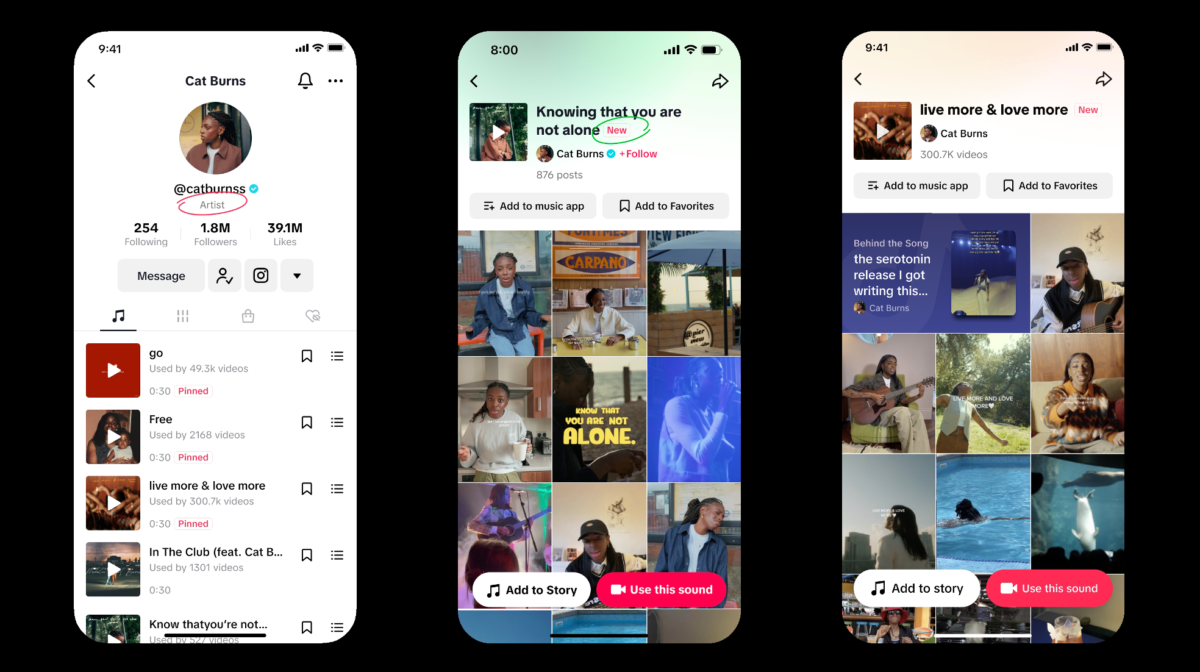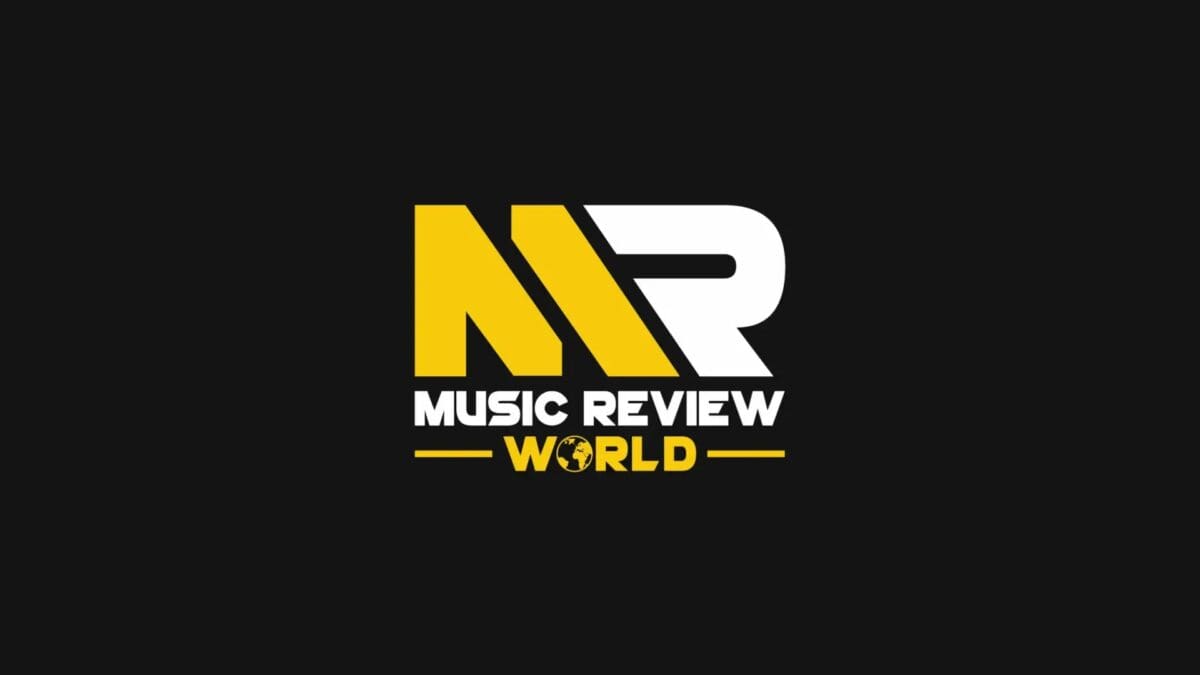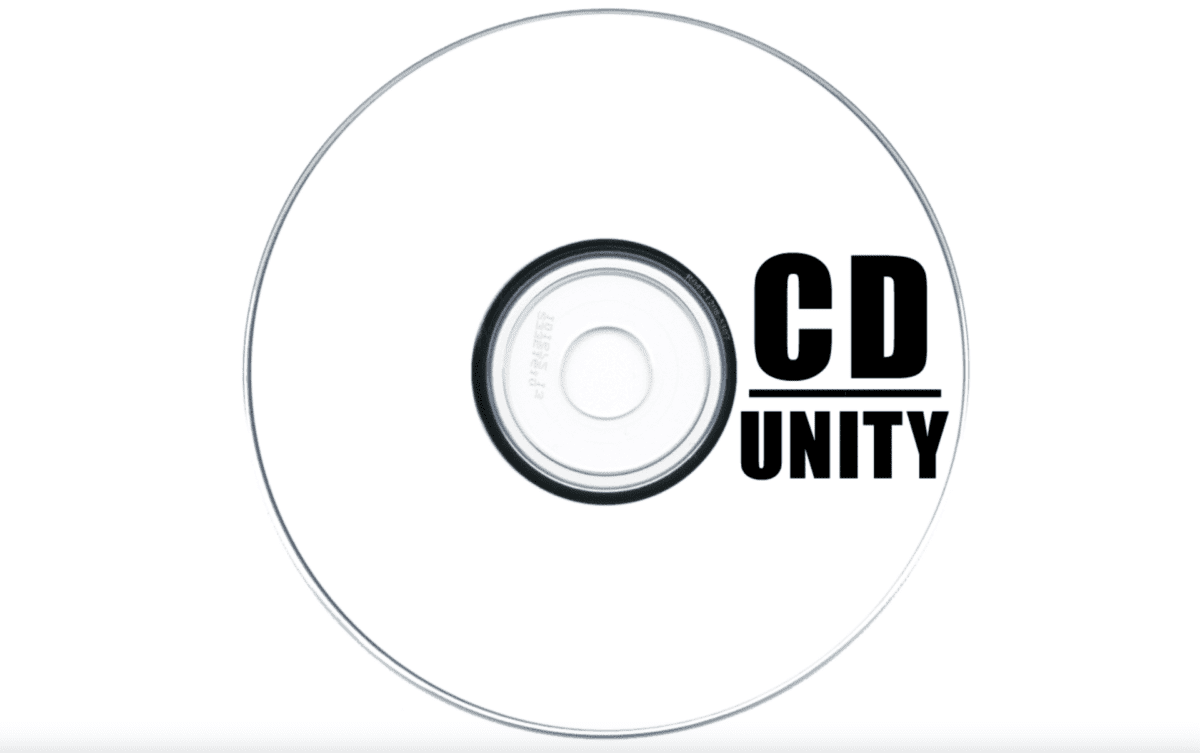As a musician, you might be wondering what is jazz fusion and what does jazz fusion sound like? Jazz fusion is music that incorporates elements of jazz with styles such as rock, funk, R&B, hip-hop and electronic music. Fusion jazz became popular in the late 1960s and early 1970s, and it has remained part of the contemporary jazz scene ever since.
Jazz fusion quite often aims to push boundaries in instrumentation. Whereas, traditional jazz focuses on acoustic instruments including trumpet, trombone, saxophone, piano, guitar, bass, and drums. These instruments are found in jazz fusion; however, the genre typically leans heavily on electronic instruments found in progressive rock bands. Synthesizers, electric piano, drum machines, and effects-laden electric guitars are common inclusions among jazz fusion bands.
In spite of jazz fusion experimenting with rock instrumentation, funk rhythms, and modern experimentation, fusion jazz musicians remain key to the standard jazz music—in particular, harmonic style and having a solid emphasis on improvisation.
What Is Jazz Fusion?
Jazz fusion can be recognised by the term ‘jazz rock’ which is sometimes used as a synonym for ‘jazz fusion’ as well as the music performed in the late 60s and 70s rock bands which included elements of jazz to their music. Following a decade of popularity in the 70s, during the development of radio-friendly smooth jazz, jazz fusion increased its improvisation and experimental approach into the 80s. Experimentation continued into the 2000s. Jazz fusion albums, including those created by the same group or artist, might include various musical styles. Instead of being a categorised music style, jazz fusion is recognised as a musical tradition or approach.
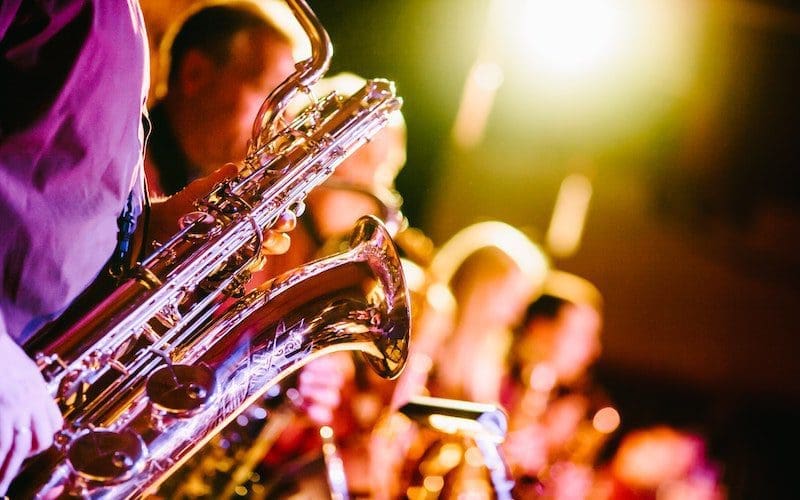
History Of Jazz Fusion
Jazz fusion became popular by prominent jazz musicians who began experimenting in the late 1960s. Jazz fusion artists would use new technology and expressions from popular styles such as rock and R&B. Almost all of the early artists of jazz fusion had one biographical part in common. This was that they were or had collaborated with the renowned jazz trumpeter Miles Davis.
In the twentieth century, jazz fusion became more linked to rock music. Composer Pat Metheny and Larry Carlton who was a studio musician for Steely Dan and Joni Mitchell, made guitar an outstanding instrument in the jazz fusion genre. Experimental musicians such as Frank Zappa and Soft Machine also experimented with jazz fusion. Rock guitarist Carlos Santana has even teamed up with jazz fusion artists to produce his own form of jazz-rock fusion. Some key details for what does jazz fusion sound like are listed below.
How To Write Jazz Fusion Music
Image 2
Jazz fusion is considered a hard genre to master however it’s not impossible. When creating Jazz fusion music you will need to know some basic chord sequences.
· Major ii-V-I
· Minor ii-V-i
· Major I-vi-ii-V
· Minor i-vi-ii-V
Once you are comfortable you can then start substituting and improvising.
What Does Jazz Fusion Sound Like?
There are some key features to what jazz fusion should sound like. These characteristics are what sets the genre apart:
· Contains rock instrumentation: Many jazz fusion bands will incorporate electric instruments, including synthesizers and electric guitars. Many fusion jazz musicians have set the standards for their instruments, such as Stanley Clarke on electric bass, Joe Zawinul on electric piano, as well as John McLaughlin on electric guitar.
· Include funk rhythms: Plenty of jazz fusion bands took funk rhythms which were popular in the late 60s and early 70s. Bands such as Return to Forever (fronted by Chick Corea and Stanley Clarke), The Headhunters (fronted by Herbie Hancock), and The Brecker Brothers included catchy grooves to jazz harmonies.
· Retain the focus on improvising: Improvisation is a key component to any jazz fusion music, it is maintained in jazz fusion records and performances.
· Importance of instrumental music: Many jazz fusion artists won’t have lead vocals. Similar to bebop and post-bop, the emphasis is on instrumental technique. In recent years, a few jazz-rock fusion bands such as The Bad Plus have collaborated with singers, but the genre remains mainly instrumental.
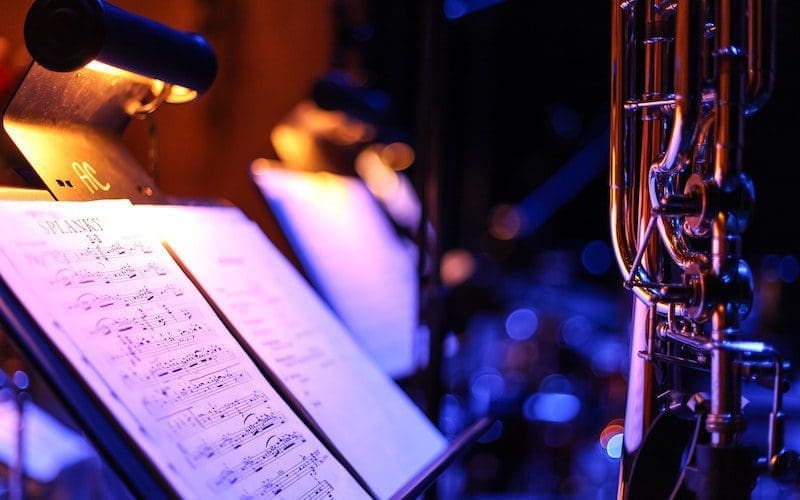
Rock, Funk, Jazz Creates Fusion
Rock in the 50s and 60s was very popular and threatened the Jazz scene. Even the best musicians and improvisers such as Clapton and Hendrix were moving into Rock. Jazz lost its popularity and needed to adapt. There was a rise in Funk music. Soul started in 50s when artists such as Ray Charles took gospel music and made it mainstream with secular lyrics. This became incorporated into jazz creating the Hard-Bop genre. By the 60s, Soul was more extreme and progressed into Funk, by the likes of James Brown.
Jazz fusion uses elements from rock and funk. It used the light feel of modal jazz with the Funk groove, as well as the Rock solo, using them all together over a straight 8ths rhythm.
Although jazz fusion is not the easiest, there are plenty of Miles Davis albums that were inspired by the jazz fusion genre. Jazz fusion is very different from traditional jazz in that plenty of artists have been accused of it not being ‘real’ jazz. But what even is jazz? Here are some good artists you should listen to in order to get you started when creating your own jazz fusion songs.
· Miles Davis (In a Silent Way, Bitches Brew)
· Return to Forever (Chick Corea)
· Mahavishnu Orchestra (John McLaughlin) – used irregular meter and slash chords extensively
· Weather Report (Wayne Shorter) – embraced new electric instruments like the synth
· Headhunters (Herbie Hancock)
· Keith Jarrett
· Pat Metheny
Jazz Fusion Artists
Coryell and two worlds
John Coltrane passed away in the late 60s when rock was its most popular in America, it was quoted that ‘jazz as we know it is dead’. Larry Coryell was the guitarist recognised as the godfather of jazz fusion. He created a band called the Free Spirits with Bob Moses on drums and they created the band’s first album Out of Sight Sound in 1967. They pioneered jazz fusion and emphasised exploration, energy, electricity, intensity, virtuosity, and volume. Until 1967, the world of jazz and rock were completely separate.
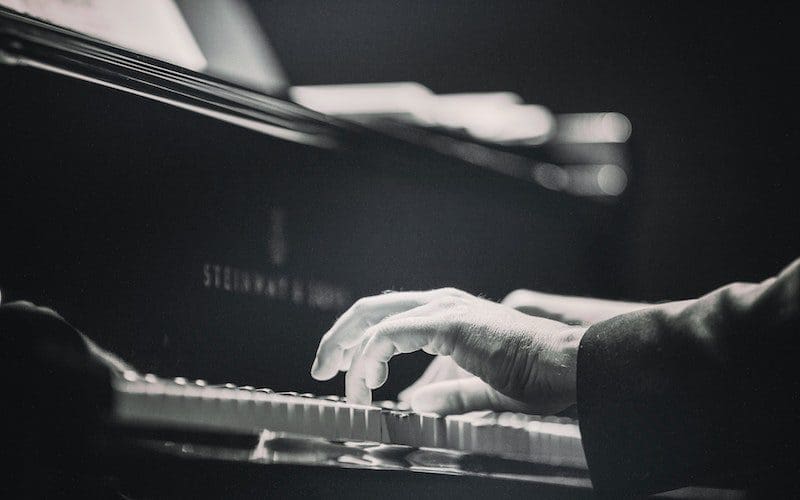
Miles Davis
Miles Davis was the artist who primarily created jazz fusion. Although this isn’t something that happened overnight. It progressed from post-boy which was melodically, rhythmically, and harmonically complex. Jazz fusion also took non-functional chord progressions and comprised elements of free jazz. In the late 60s, Miles Davis was becoming disgruntled by the complexity of post-boy and aimed to make it simpler. At the time, he was very interested in artists such as Jimi Hendrix and Sly and the Family Stone. Miles Davis created some changes to his band. He used electric instruments such as electric guitars and keyboards. He then used more instruments and used two rhythm sections using two pianos, two basses, two drummers as well as some percussionists to create his jazz fusion style. He also simplified the chord progressions and harmony. The rhythm was as important as the soloist and the groove was also important.
John Mclaughlin
As we mentioned Miles Davis was one of the main jazz musicians to create jazz fusion. His guitarist John McLaughlin branded out to create another fusion group called Mahavishnu Orchestra. He used Indian classical music, jazz and psychedelic rock to create a new style. Even though McLaughlin had worked with Miles Davis, he was influenced heavily by Jimi Hendrix.
Conclusion
To summarise jazz fusion is a popular form of music in which modern jazz improvisation is accompanied by the bass lines, drumming styles, and instrumentation of rock music, with a strong emphasis on electronic instruments and dance rhythms. We hope you liked reading about jazz fusion and all the elements needed to make a successful jazz fusion artist.
Are You A Musician Or Artist?
Get Free Music Distribution and find opportunities to get your music in film, TV, and more through sync licensing. Plus get Music Supervision, Music Publishing, Music Marketing, Artist Development and utilize our Free Artist Websites and Rap Name Generator. Finally, you can amplify your music to those that need to hear it with music promotion, TikTok promotion and professional sharing tool. Why not give the gift of music today with our Gifts for musicians package?
Try all of this out for yourself by joining Мusic Gateway. Get your free trial, no strings attached.







